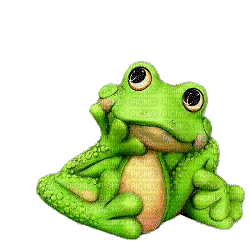glowtoad
Level 3 Secretary
Posts: 146
Mini-Profile Background: {"image":"https://m.media-amazon.com/images/I/917LSve2-5L._AC_SL1500_.jpg"}
Mini-Profile Text Color: f5f7fa
Mini-Profile Name Color: f5f7fa
|
Post by glowtoad on Aug 26, 2022 0:40:12 GMT
Frogs have a wide diet that includes insects, spiders, worms, slugs, larvae and small fish. These amphibians play a vital role in the world's ecosystems by helping to keep insect populations under control, according to the San Diego Zoo. They catch prey using their quick, sticky tongues. A 2017 study published in the Journal of the Royal Society Interface found that frog tongues can catch insects in 0.07 second — five times faster than the blink of a human eye. Some frogs seek out much larger prey than flies and slugs. For example, cane toads (Rhinella marina), which typically grow to 9 inches (23 cm) in length, scarf down small birds, mammals and snakes with ease, as well as other amphibians and even table scraps and pet food, according to the Florida Fish and Wildlife Conservation Commission. Their native range stretches from the Amazon basin in South America up to southern Texas. But humans have introduced cane toads elsewhere and their insatiable appetites can be a big problem for wildlife. They are an invasive species in areas such as Florida and Australia, where they compete with native amphibians and poison animals that try to feed on them, including pets and, in Australia's case, endangered species such as Tasmanian devils (Sarcophilus harrisii), according to the San Diego Zoo.  |
|
 Nov 10, 2024 12:41:58 GMT
Nov 10, 2024 12:41:58 GMT
 Sept 30, 2024 9:57:24 GMT
Sept 30, 2024 9:57:24 GMT
